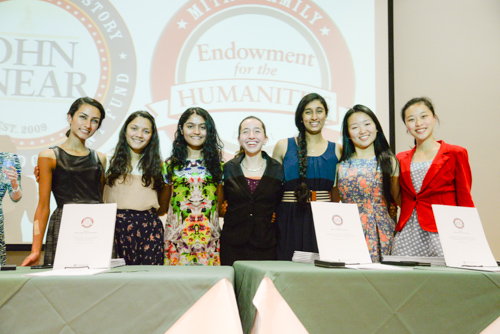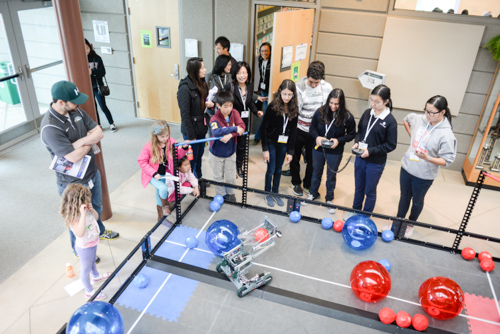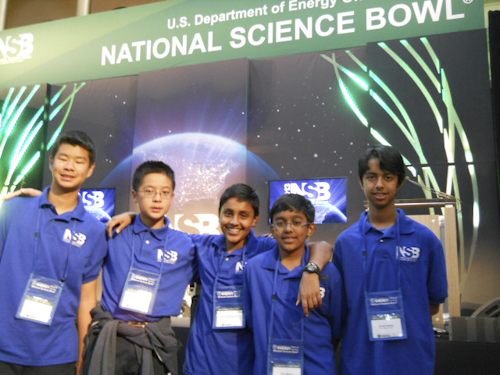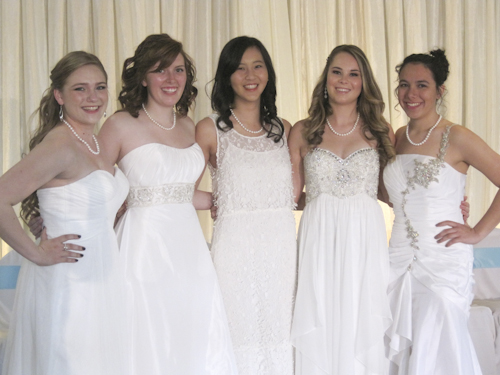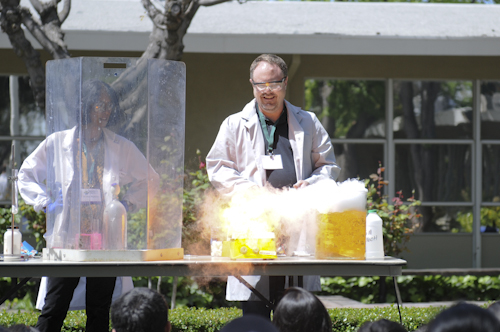Historical Research Papers by Endowment Scholars Range from Development of the Constitution to the Viability of the Bitcoin
Eight more students walk away from Harker this year, each having contributed a unique historical research paper to the growing archive housed in the…
